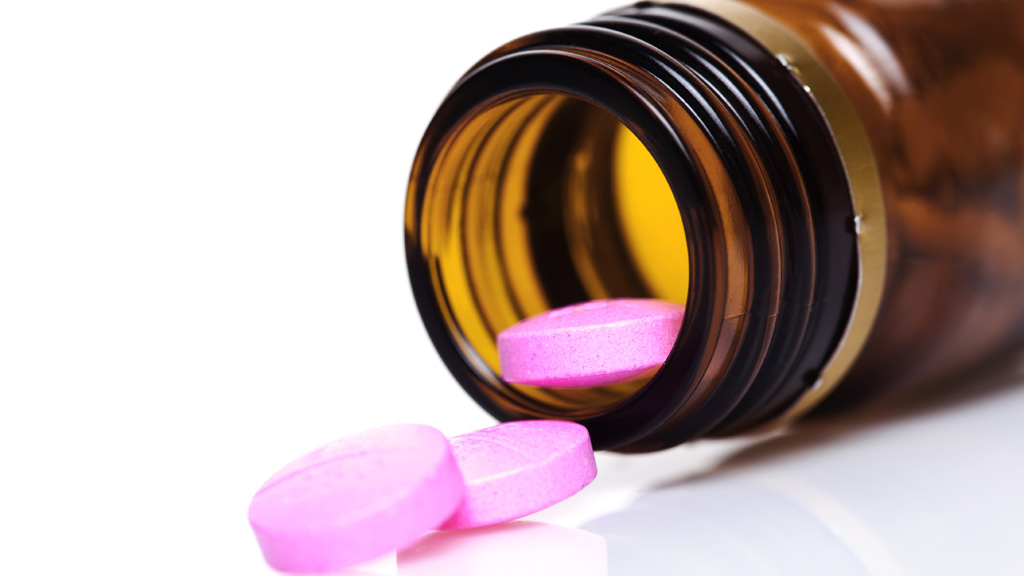Ritalin Britain: prescriptions up 50 per cent from 2007
Increased diagnosis of ADHD among kids and adults is behind the steady rise in “attention drugs”, says a new report by the Care Quality Commission

The number of drugs handed out for hyperactivity in the UK has gone up by 56 per cent since 2007, a report into prescriptions says.
And the rise is down to increased diagnosis of attention deficit hyperactivity disorder, or ADHD, in both adults and children, according to the Care Quality Commission which published its annual report into controlled substances on Tuesday.
In 2012 GPs gave out 657,000 methylphenidate prescriptions (a drug family including Ritalin that is used to treat attention disorders) – up from the 420,000 given out in 2007. The steady rise continues year on year: up 11 per cent between 2011 and 2012.
We are aware of reports in the media and scientific literature that it is being abused as a ‘smart’ drug to improve cognitive function. CQC
The CQC attributed the rise in private prescriptions alone – up 24 per cent between 2011 and 2012 and well over double the 2007 quantities – to the increased number of adults getting treatment for managing ADHD.
“The prescribing of methylphenidate in primary care continued to rise steadily,” the report states.
“As in previous years, we believe that this reflects increased diagnosis of, and prescribing for, the treatment of attention deficit hyperactivity disorder (ADHD).”
Smart drug craze
Ritalin is one of the so-called “smart drugs” taken by people seeking a brain boost and increased focus. But its abuse in this way – often by college kids – could have “long-term risks”, said the CQC:
“We recommend that its use should be monitored carefully. We are aware of reports in the media and scientific literature that it is being abused as a ‘smart’ drug to improve cognitive function; the long-term risks of this practice are not known.”
The effect of Ritalin is to inhibit the take-up of dopamine in the brain and so give people a high that helps them concentrate. The substance has been compared to “kiddie cocaine” in the media.
Common symptoms of ADHD include inattentiveness, hyperactivity and impulsiveness. Symptoms tend to be first noticed at an early age and it is normally diagnosed between the ages of three and seven.
It is estimated the condition affects 2 per cent to 5 per cent of school-aged children and young people. However, it can be a lifelong condition and many children continue to show symptoms as a teenager and adult.
The new prescription statistics suggest that 1 per cent of the UK’s population is on hyperactivity medication.